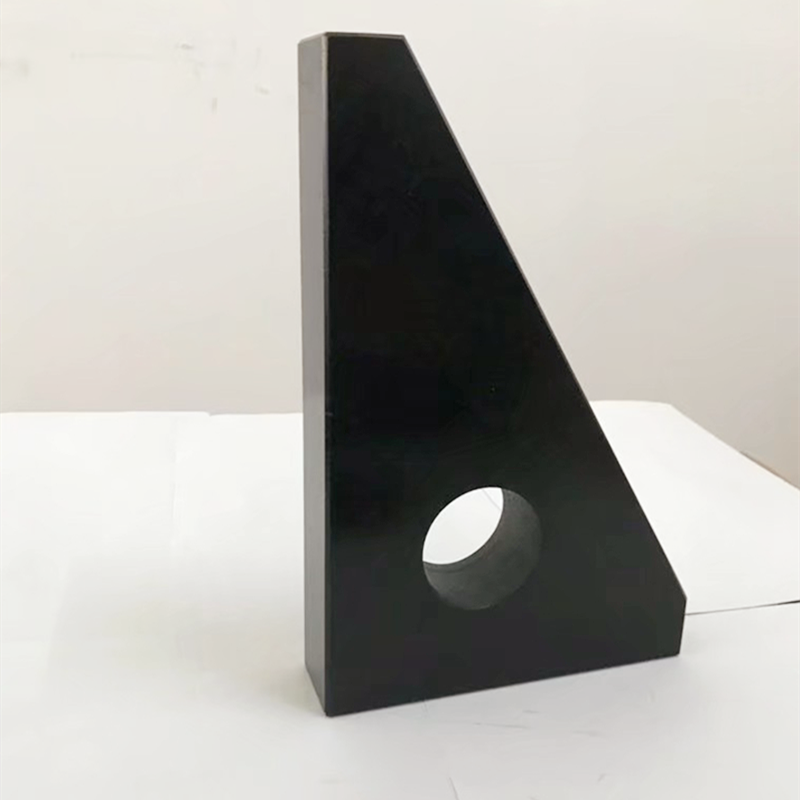10月 . 19, 2024 14:54 Back to list
the precision of micrometer
The Precision of Micrometers An Indispensable Tool in Engineering and Manufacturing
Micrometers are precision measurement instruments that have become indispensable in various fields of engineering, manufacturing, and scientific research. Known for their ability to measure small distances with remarkable accuracy, micrometers have significantly advanced our capabilities in mechanical engineering, metalworking, and quality control processes. This article delves into the precision of micrometers, discussing their design, functionality, and importance in ensuring accuracy in measurements.
At its core, a micrometer is a mechanical device designed to measure thickness or diameter with an accuracy of up to one thousandth of a millimeter (0.001 mm). This level of precision is achieved through a simple yet effective design comprising a calibrated screw mechanism. The micrometer consists of a C-shaped frame with a fixed measuring jaw and a movable jaw that can be adjusted by rotating the thimble. The thimble is graduated, allowing the user to read off measurements with precision.
The simplicity of a micrometer’s design belies its sophisticated engineering. The device operates on the principle of linear motion, where the rotation of the thimble translates into a linear displacement of the movable jaw. For every full rotation of the thimble, the movable jaw advances by a fixed distance—commonly one millimeter. This allows for very fine adjustments, enhancing measurement precision. In many models, additional scales, including metric and imperial units, provide versatility for various applications.
the precision of micrometer

Moreover, micrometers can come in various forms, including outside micrometers, inside micrometers, and depth micrometers, each serving a specific purpose. Outside micrometers measure external dimensions, while inside micrometers gauge internal diameters, and depth micrometers determine depths. The versatility of micrometers makes them suitable for a range of applications, from automotive manufacturing to aerospace engineering, contributing to the production of components that meet stringent quality standards.
The precision of micrometers is not merely influenced by their mechanical design but is also affected by the calibration process. Regular calibration ensures that a micrometer maintains its accuracy over time. Factors such as wear and tear, temperature changes, and improper storage can affect measurement precision. Therefore, it is crucial for professionals using micrometers to follow best practices in calibration and maintenance. Routine checks against standard reference gauges are essential to ensure the continued reliability of the instrument.
The impact of micrometers on quality control cannot be overstated. In manufacturing processes, ensuring that components adhere to tight tolerances is critical for the overall performance and safety of the final product. The ability to measure dimensions precisely allows engineers to identify defects early in the production process, reducing waste and cost. In addition, the consistent use of micrometers fosters a culture of precision in manufacturing, generating trust with clients and end-users.
In conclusion, the precision of micrometers is a testament to the intersection of simple design and sophisticated engineering. Their capability to measure with such a high degree of accuracy makes them vital tools in various industries. As technology continues to evolve, the fundamental principles governing micrometer design remain relevant, reinforcing their role in maintaining high standards of quality and precision in engineering and manufacturing processes. Whether in a machine shop or a laboratory, the humble micrometer stands as a symbol of precision measurement, underpinning the advancements of modern technology.
-
thread-plug-gauge-our-promise-of-measurement-excellenceNewsAug.22,2025
-
gauge-pin-class-reflecting-quality-legacyNewsAug.22,2025
-
check-valve-types-for-high-rise-buildingsNewsAug.22,2025
-
water-control-valve-for-irrigation-systemsNewsAug.22,2025
-
gate-valve-with-soft-seal-technologyNewsAug.22,2025
-
y-type-strainer-for-oil-and-gas-applicationsNewsAug.22,2025
Related PRODUCTS









